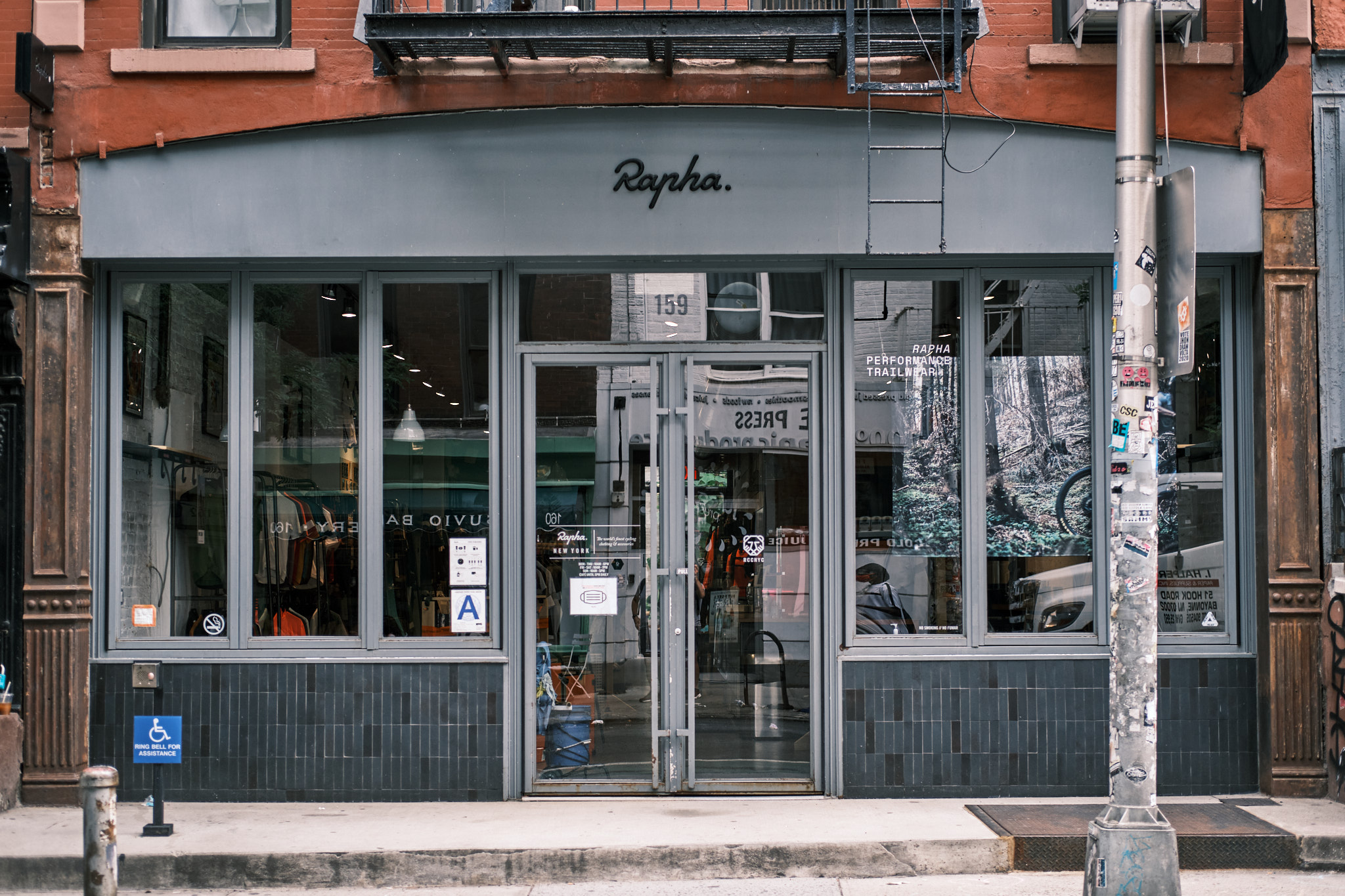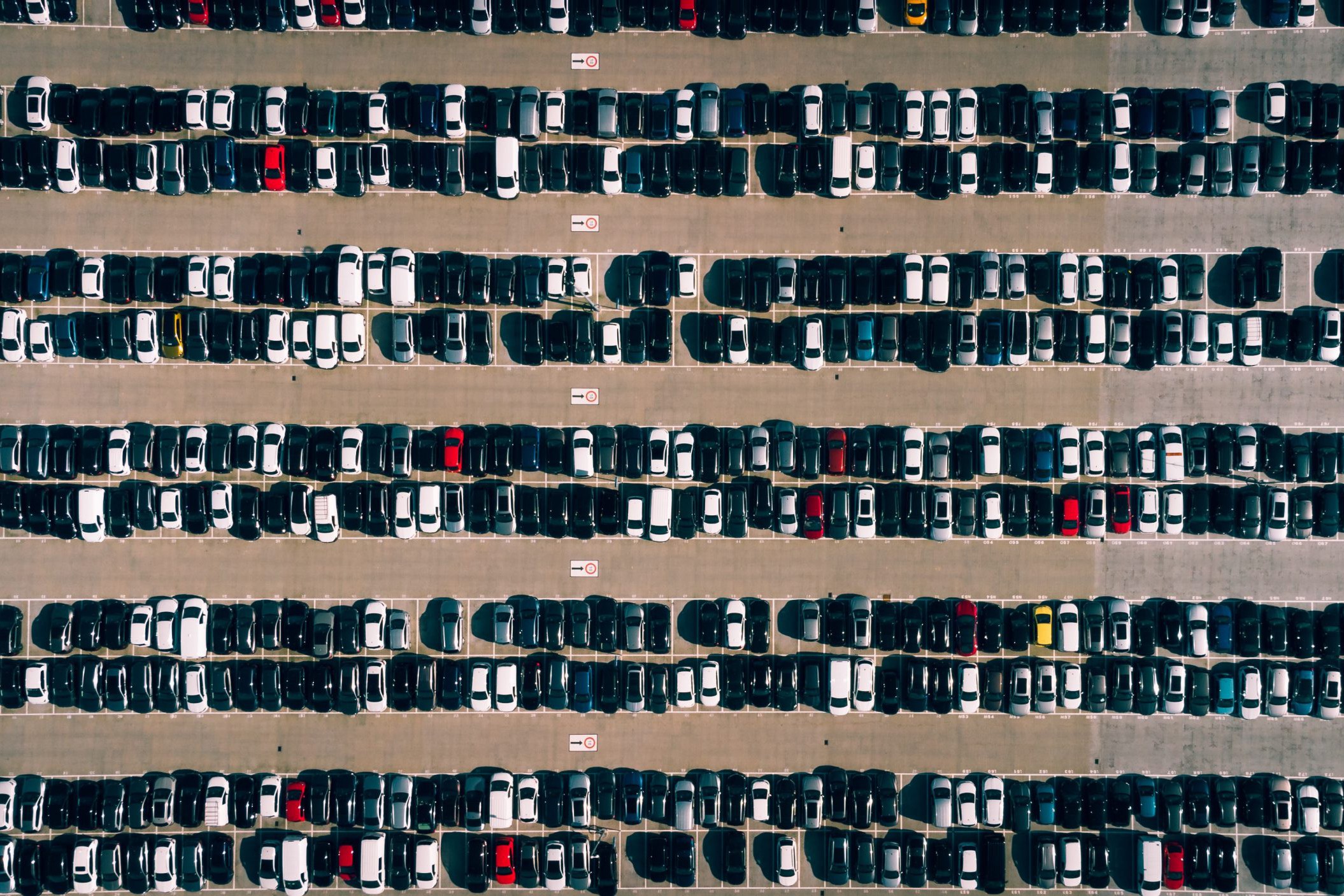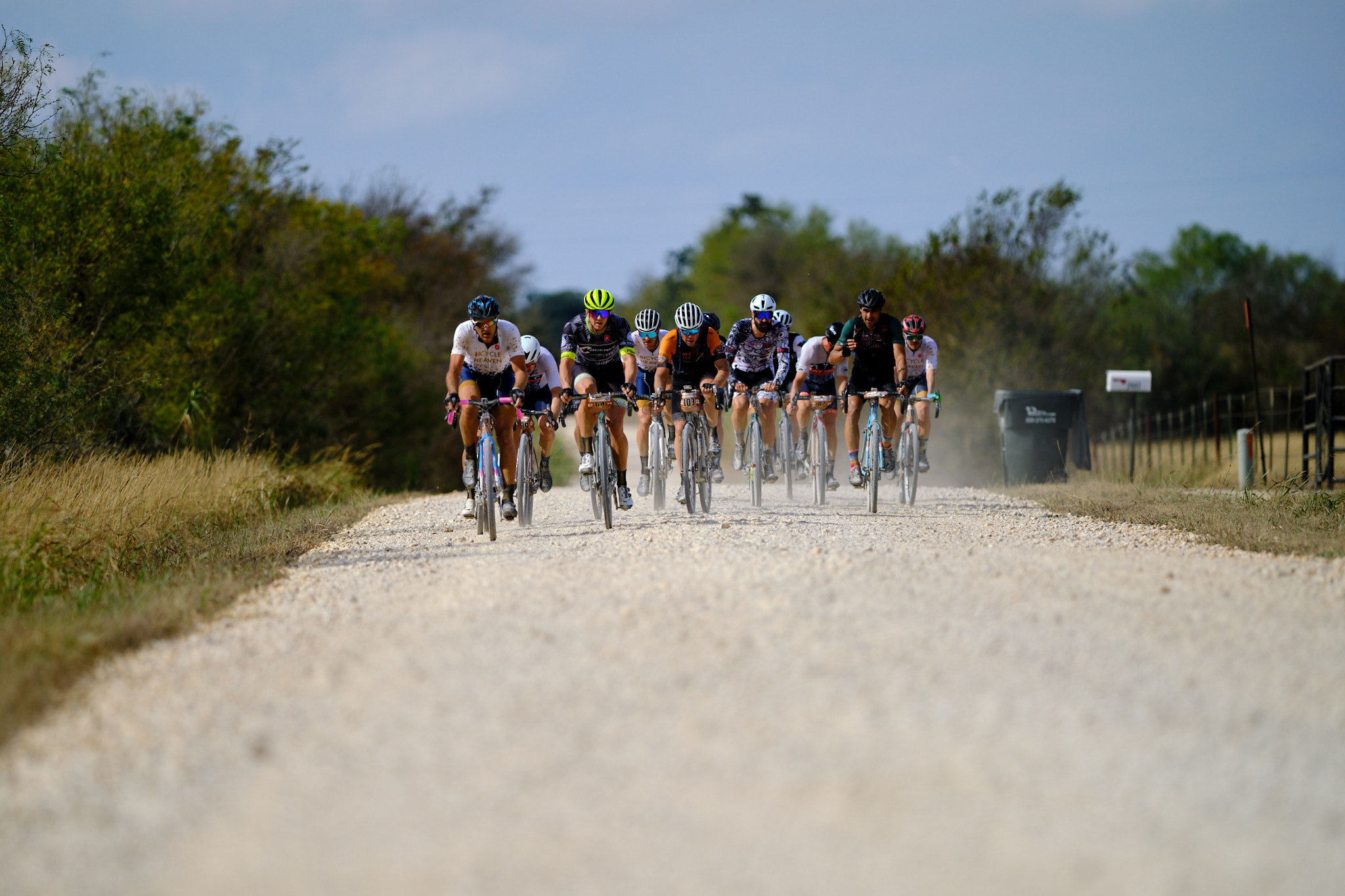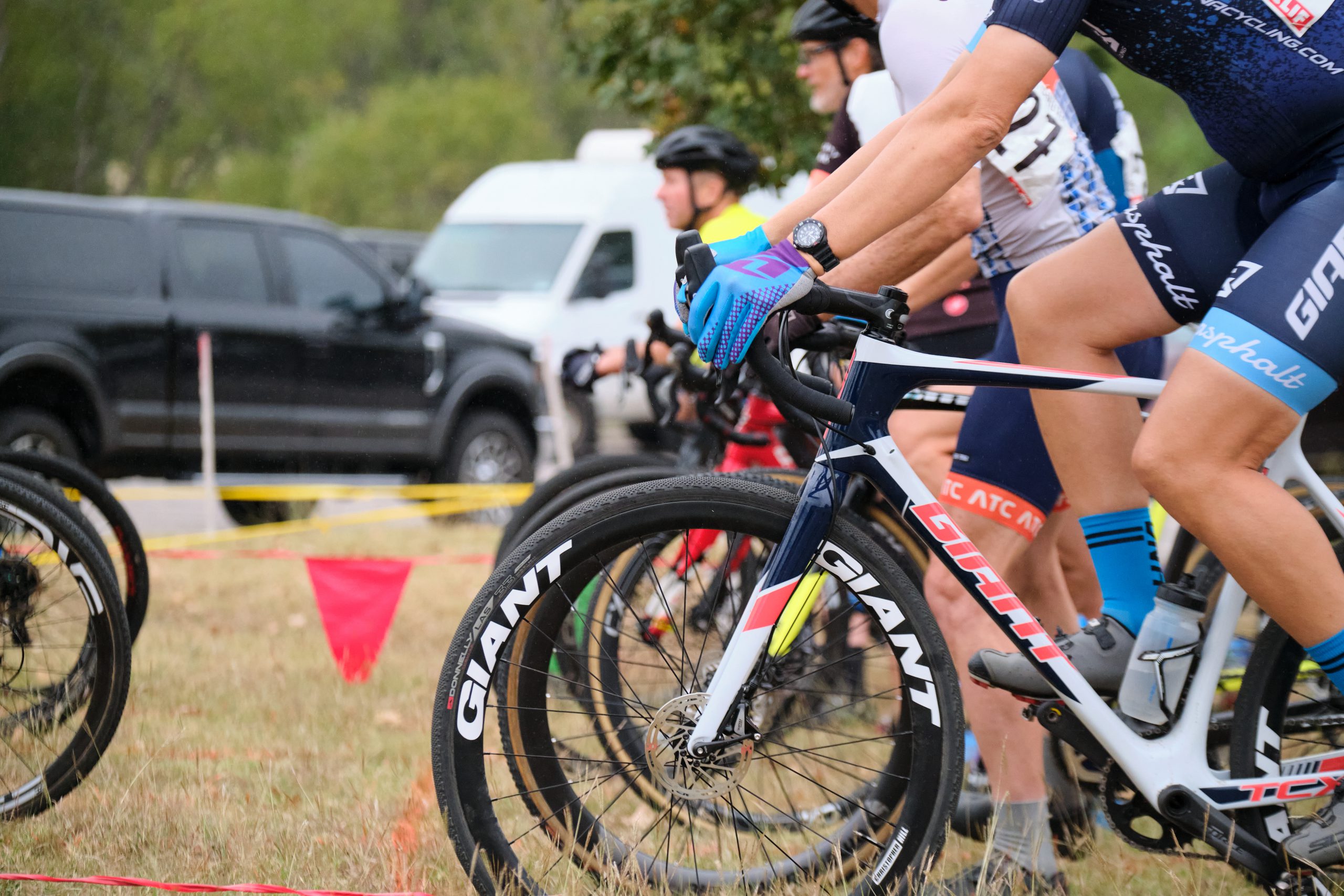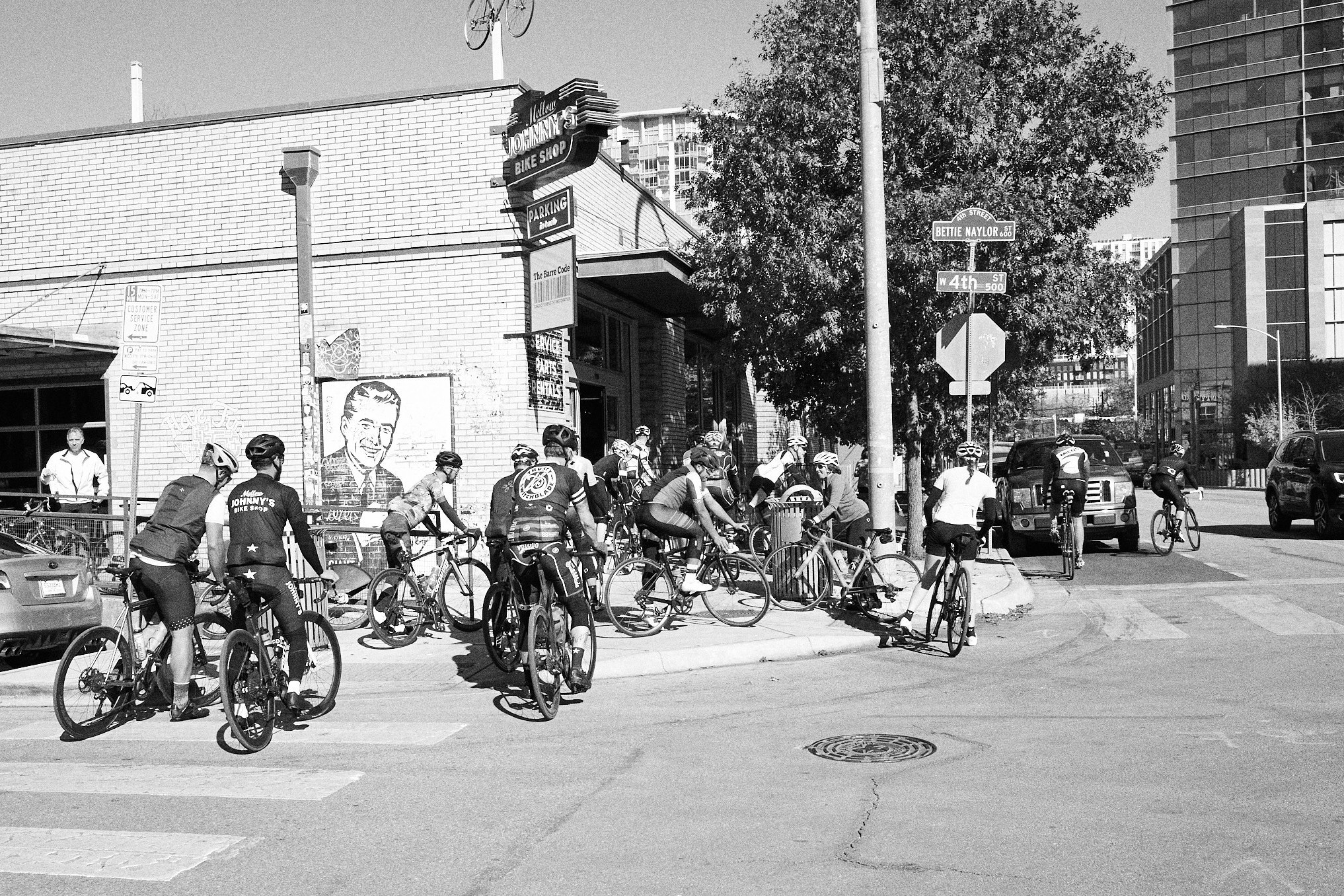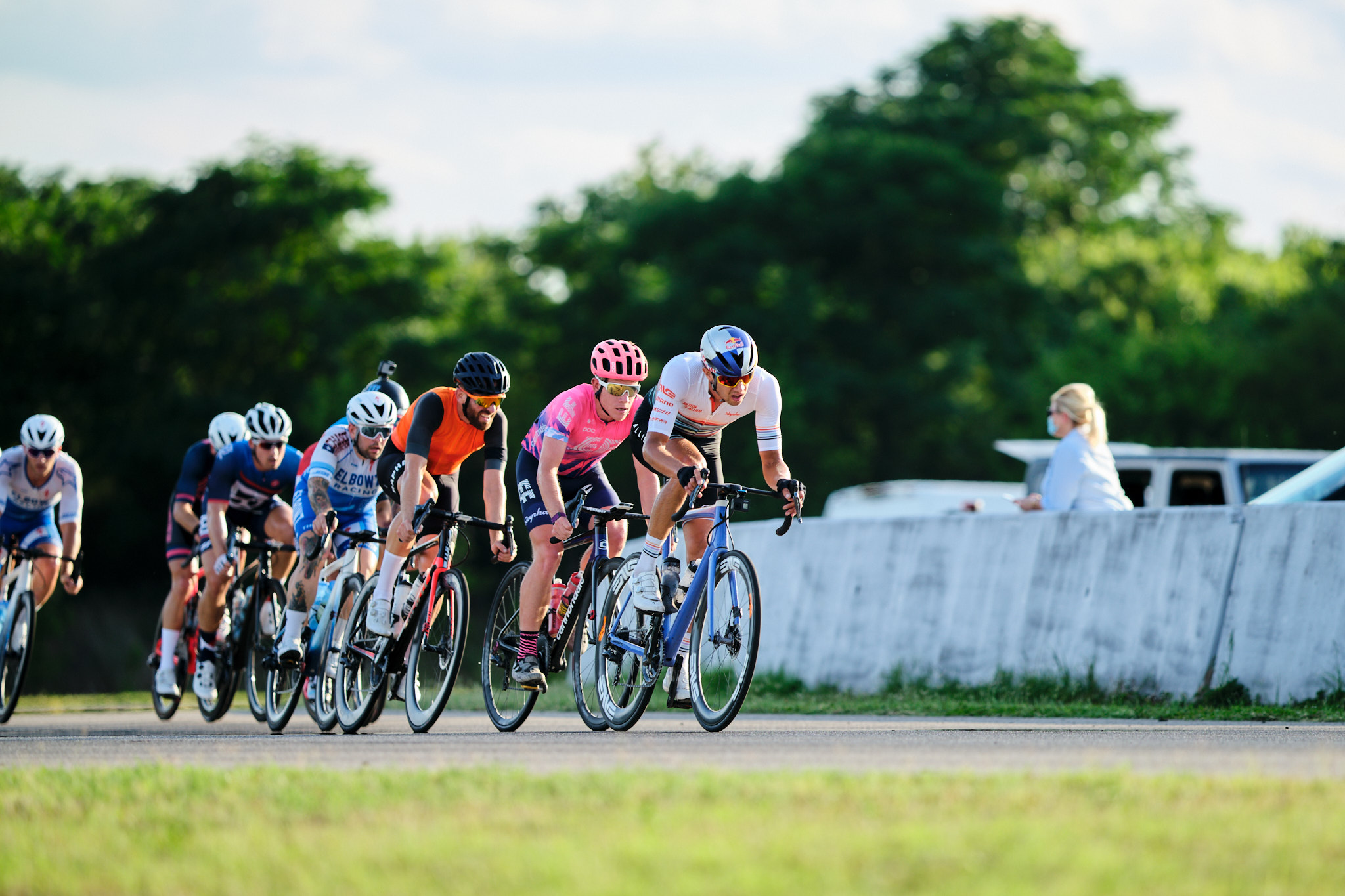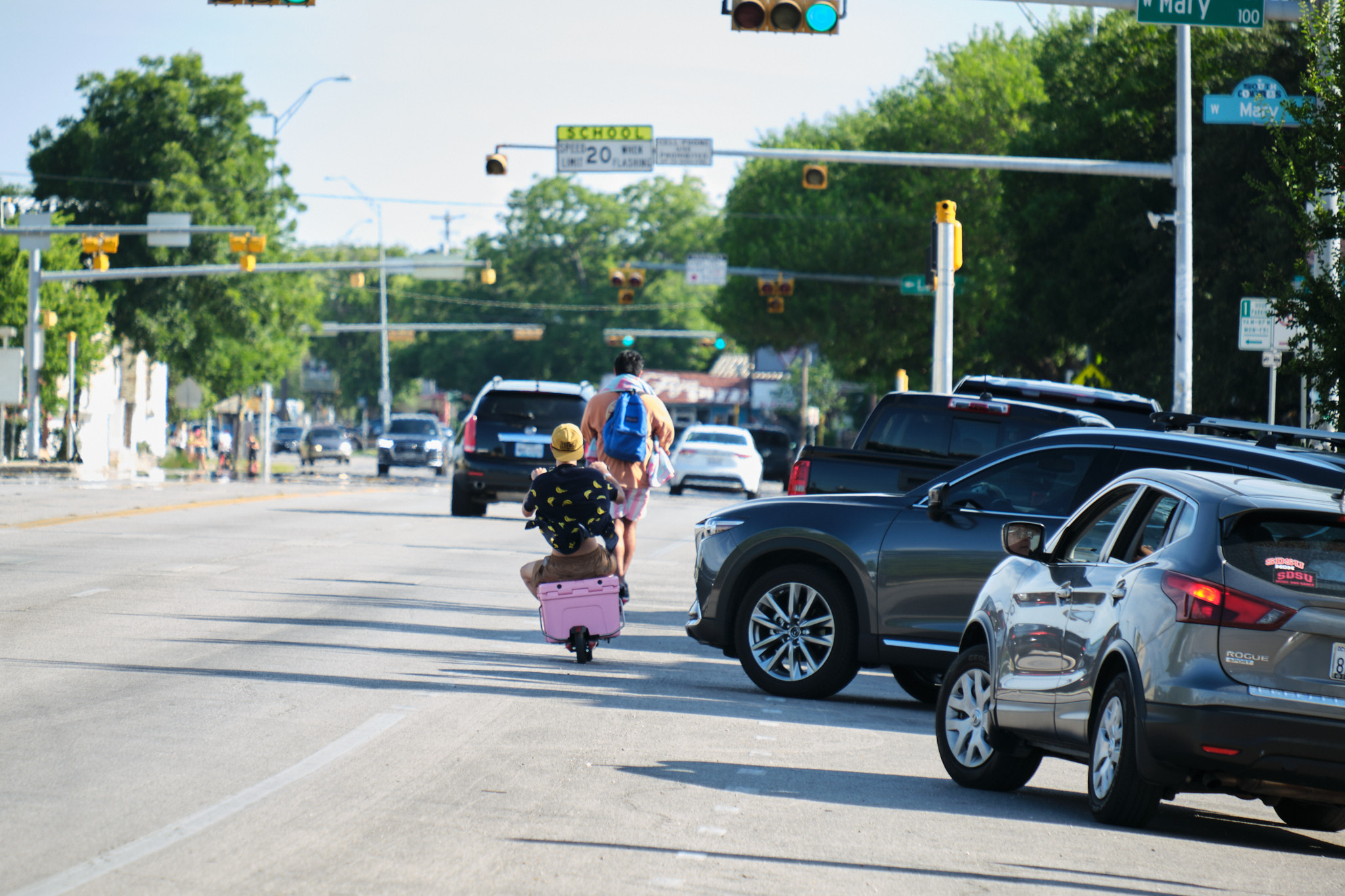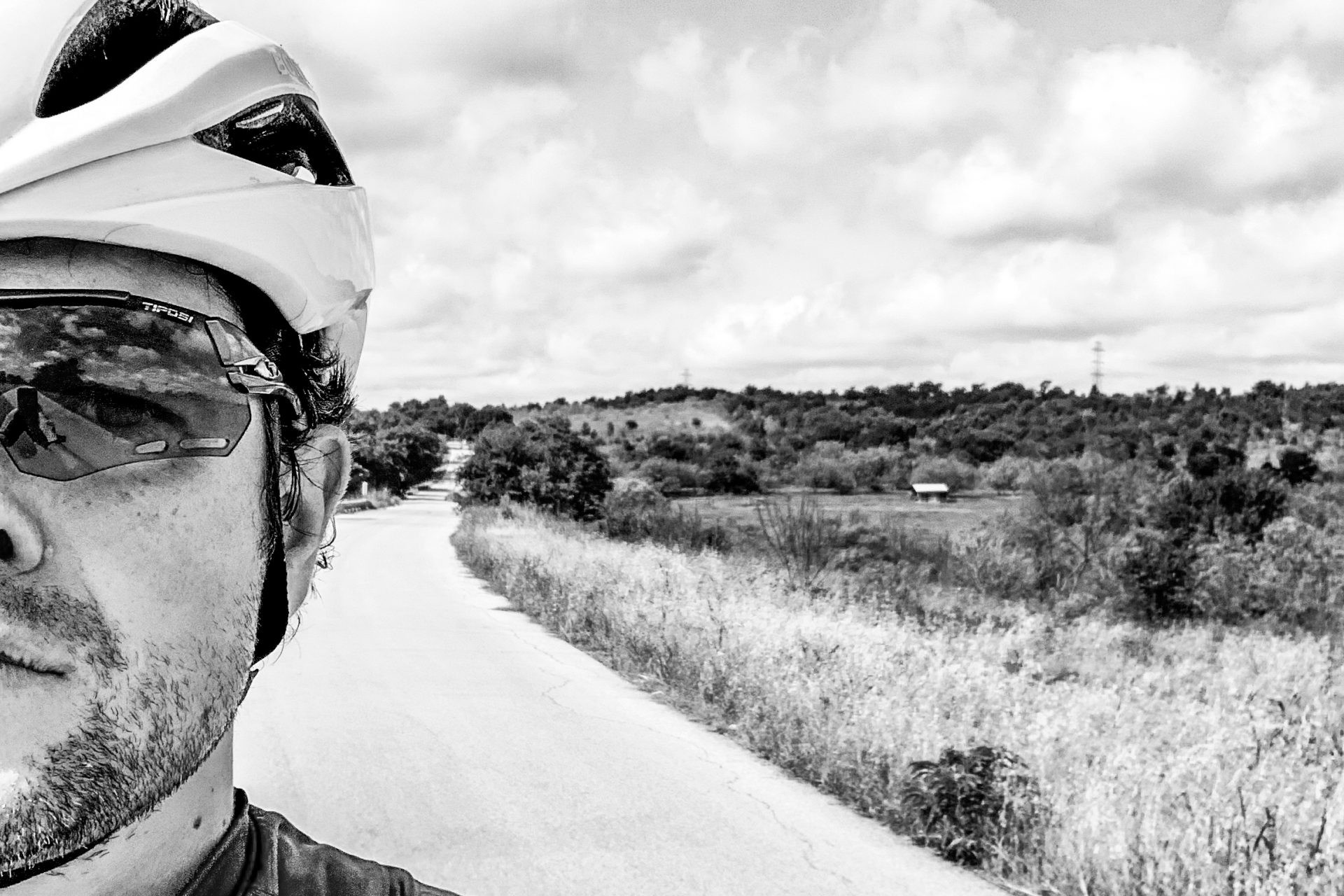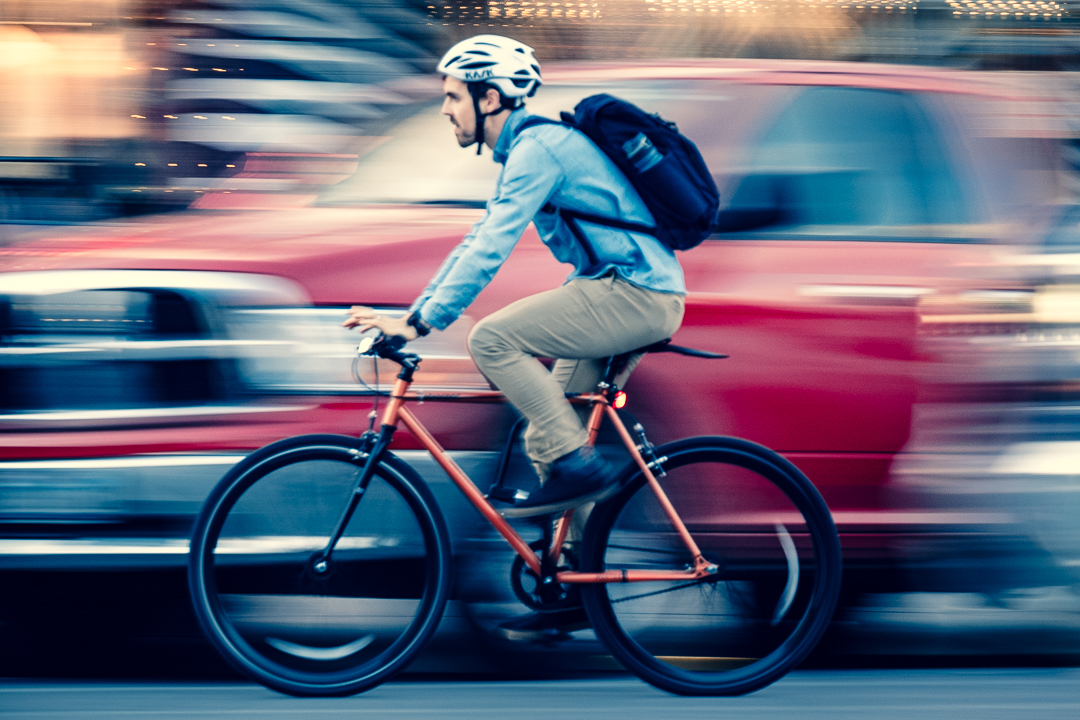Growing up in the suburbs of a small midwestern town, with low-traffic streets and trails connecting me to friends, my bicycle was freedom. At a moment’s notice, we could pedal to the next house, a nearby pond, a trail into the woods, even to school – a journey we sometimes undertook in the days when parental sensibilities still allowed young children to explore.
From among my earliest memories, I recall noticing the sensation of balance when my training wheels, installed slightly high, would leave the ground and, for a few seconds, stay that way as I rode as straight as possible. The day I had them removed, I took my bike into the driveway, aligned myself with the longest stretch available and, after only a few attempts, became a cyclist.
As is the case with so many American children, I grew out of cycling as I got older. There was an interest in mountain biking in my early teens, and I had a bike in college until it was stolen (sold by an acquaintance to buy weed, I suspect). After that, I didn’t ride for years. It wasn’t until my 30s, upon moving to a city with horrible traffic, but also the type of weather that allows year-round cycling and a modicum of bike infrastructure, that I began to ride again.
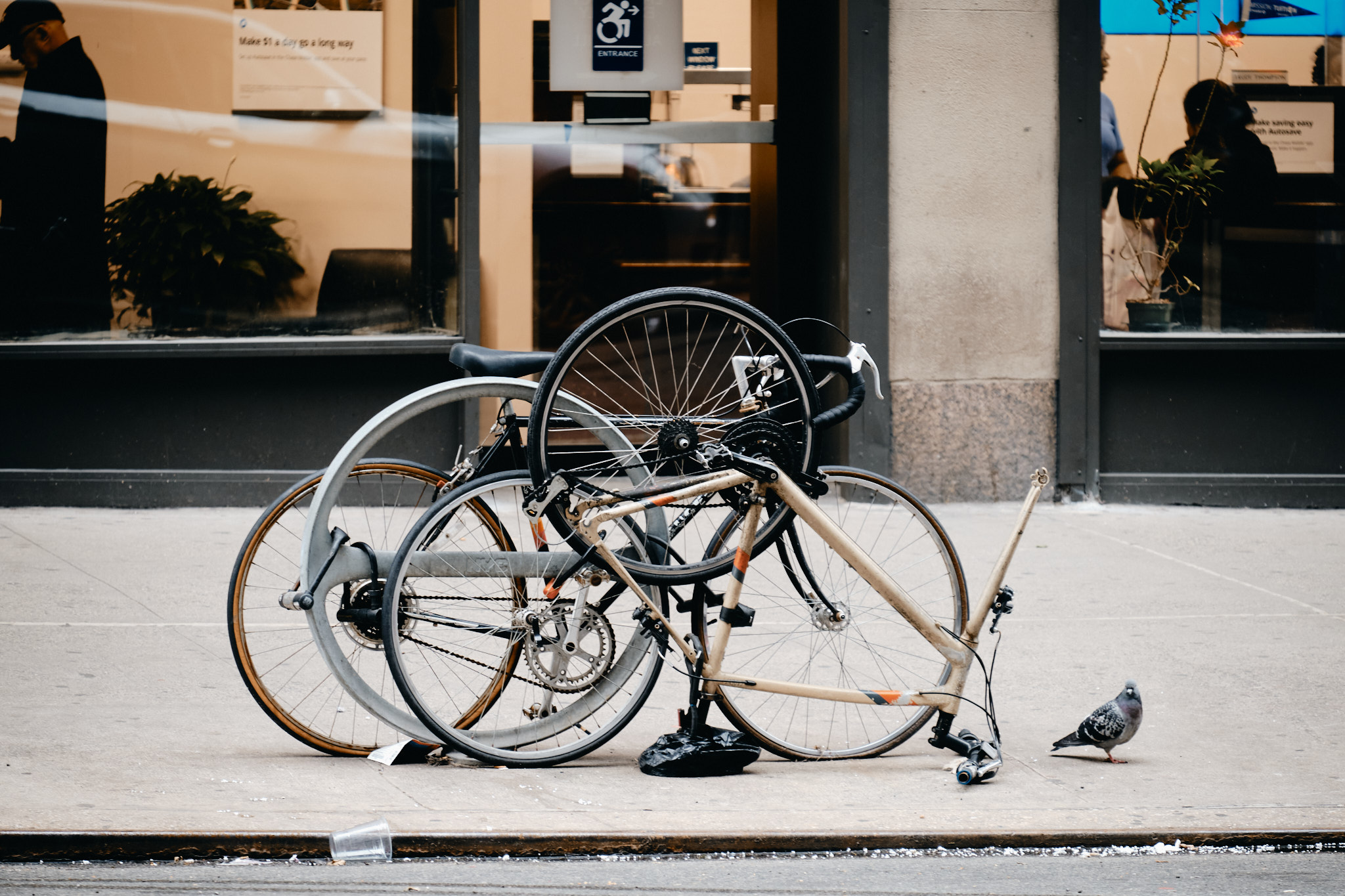
At first, it felt quite forced. The effort of going outside and exposing oneself to the slightly uncomfortable elements, of having to dress properly, expend effort, and take extra time to reach my destination, often led me to hop in the car. Yet, with a higher than average proportion of transportation cyclists in my city, this choice frequently left me feeling remorseful, as I’d inevitably see one braver and more determined than me out on their bike. I have a rule that I usually simply call the “You’ll Be Glad You Did Rule,” which says that if you’ll just do the more rewarding (and usually more challenging) thing, rather than giving in to your inertia, that “you’ll be glad you did”. This rule holds true every time I hop on my bike and, over time, car trips to the grocery store, coffee shop, barber, etc. dwindled to the point of my selling the car – a beater of a Honda Accord that, frankly, I was a little embarrassed to drive anyway.
Something about selling that car led me to feel that I had “officially” become a transportation cyclist, even if most of my trips were previously conducted in this manner. Sure, I still take Ubers, public transit, or occasionally ride the ever controversial e-scooter, but this multi-modal approach is centered around my bike. I never knew getting from A to B could be so gratifying and positive until I started traveling in this manner, however, every ride, no matter the setting, is overshadowed by the dark cloud of American infrastructure and our cultural ideas about transportation.
Formerly, as a frequent runner, I was often disgusted by how hostile our city environments are to humans. Everything we build is car-sized, and running through wastelands of traffic, gas stations and chain restaurants to find the “nice” parts of town was an education in how poorly designed our cities are for anyone but drivers. We’ve laid out the red carpet for multi-thousand dollar hunks of private property to glide through cities with ease without much thought given to the movement of humans.
While running along from the relative safety of the sidewalk, I never felt terribly threatened by the traffic shooting past me (though the noise can be stressful). Considering the number of pedestrians killed annually in the United States, perhaps this feeling was naive. Still, on foot, I felt that I could dart from the path of a straying vehicle and mostly exist outside of the world of motorists.
The experience is completely different on a bicycle. One is required to leave the sidewalk, crossing that white line to join the realm of the automobile. Here, the standards of civilized behavior no longer apply and something like the reptilian id seems to take over. At its most extreme, incidents of road rage lead drivers to intentionally threaten and injure, while our daily experience is filled with events such as honking (the eardrums of all those outside of the climate-controlled cage be damned), close-calls and speeding. Here on the road, whether protected by 3000 pounds of metal or 10oz of t-shirt, we’re no longer humans. Maybe it’s the tinted windows or the fact that we can’t look each other in the eye and say to ourselves, “That’s another person,” or perhaps its movement at speeds greater than our minds have evolved to comprehend. This reality is reflected in our speech and writing, where the vehicle is given agency over its driver: “Pedestrian killed after being struck by SUV”, “That car needs to get out of my way.” Even design standards for American vehicles reflect this. Imagine Ford or GM taking care to protect pedestrians by building lower grills on their fast-selling trucks, or drivers thinking twice about whether installing that brush guard and metal bumper will reduce the safety of other drivers.
It’s in this world that I, the cyclist, exist. Despite my clear vulnerability (and being being visibly human), I’m lumped into this non-human river of metal. Cruising home from the library or my favorite coffee shop, using trails when possible and roads when necessary, I become an obstacle rather than a person. Drivers may dangerously pass rather than wait the extra ten seconds necessary to reach a safe opening, despite the fact that we’re both racing for a red light in which I’ll quickly catch up. Actually, our average speeds are often closely matched during rush hour. If fortunate enough to have a bike lane on my journey, I’ll be gifted with glimpses of passing drivers on their phones, playing roulette with my life as they check their texts or type addresses into Google Maps.
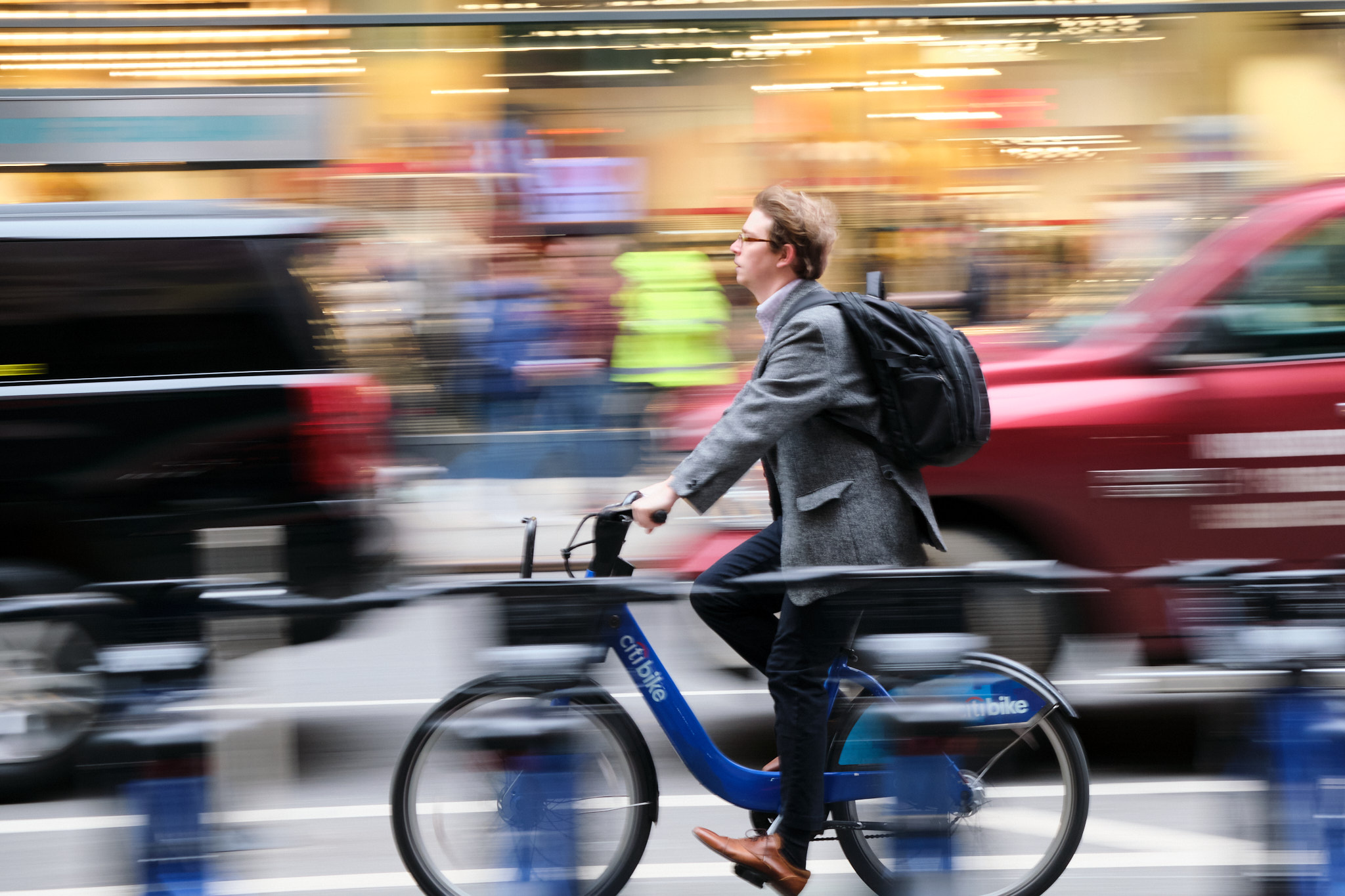
Arriving at a destination with that tinge of righteous anger at the unfairness of it all, the kind that you sometimes see come out in cyclists as they maliciously block the lane or swipe a vehicle’s mirror, I have to calm myself and realize that it isn’t the drivers’ fault. As a cyclist, I represent a tiny minority in a country where driving has been normalized and subsidized to a degree that most lack the ability to even comprehend an alternative reality. While riding, the sight of a police officer enforcing simple traffic laws, or sensible road engineering for intra-city travel, or well-implemented traffic-calming measures are so rare as to be practically nonexistent. All of this is exacerbated by sprawling development patterns, stacking more tax-revenue-sucking roads further and further from the city center until only the most determined and brave among us can even attempt to ride.
Cycling advocacy organizations of the type that support transportation cyclists are usually met with strong resistance when asking for safer infrastructure. The idea that one would want the freedom to travel outside of their expensive wheelchair is seen as absurd by the ruling generation, two-thirds of whom are overweight or obese. And despite the fiscal responsibility and “small government” ethos of legalizing density and self-sustaining infrastructure, my cycling is treated as a “Liberal” pursuit by conservative media, essentially settling the matter for half the country.
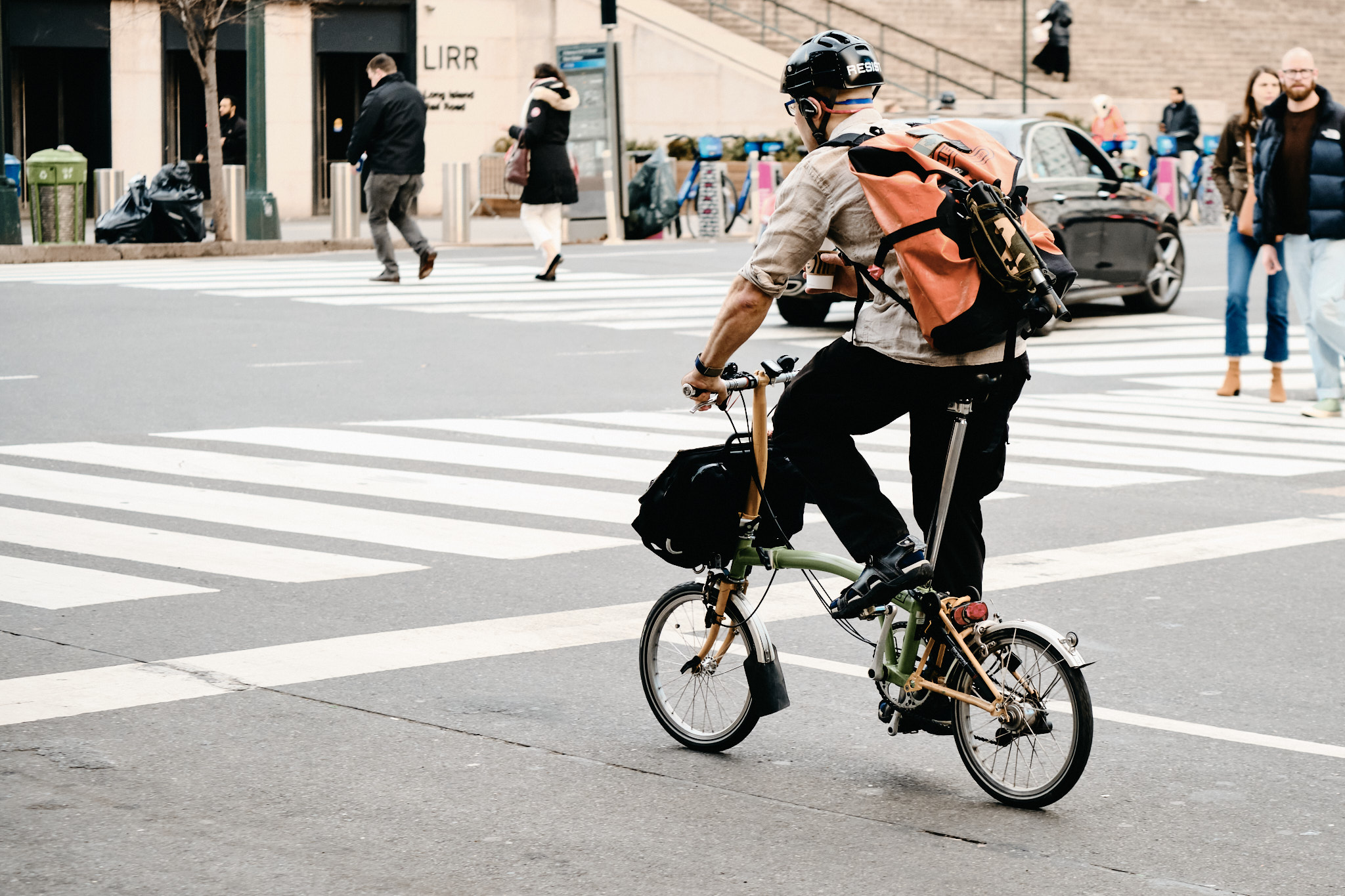
Where we do have bicycle infrastructure, it’s designed to serve the rich. In cities, the wealthy and educated ride for transportation just as often as the very poor – one group by choice and the other by necessity. Unfortunately, the poor will be riding in high traffic areas with no bicycle infrastructure and fast speed limits, often without training or an understanding of their claim on the public right-of-way. If these riders were to attempt to travel from city-center to home, their route would eventually empty into a concrete plain of high-speed, wide roads with intermittent sidewalks or the empty promise of a shoulder-painted bike lane along a 45+ mph street, more a product of failed policy than true infrastructure.
Despite the fact that cycling in America is a front row seat to how terribly we’ve failed at building cities, at how much we’ve bent to the will of the auto-lobby and ignored the basic needs of Americans, I can’t help but keep it up. At quiet hours or on low-traffic routes, passing through the city and its parks is often more a joy that enhances even the most mundane errands. Smelling the morning air and just being in the environment on a sunny morning, regardless of traffic, is one of the best parts of my day. On rainy afternoons, the empty streets are a secret world through which I can silently glide, the rain on my face instantly breaking the monotony of everyday life. “The journey is the destination” rings truer than ever on a bicycle, and on completing the errand, one is rewarded with a sense of satisfaction for having worked for something, for having the grit to walk out the door, briefly shedding modern comforts to do something for oneself (and for everyone else too).
The best part, though, is the humanness of it all. Bicycles lie opposite the isolation of automobile travel. Not only do you see the drivers, to whom you don’t exist, but also passing pedestrians, and runners in the park, and visitors to the dog run, and every other person you cross along the way, and they see you to too, another human going about their day. Cycling incites a sense of community that’s been lost to our soulless sprawl, big box store parking lots and long auto commutes. It’s addicting, and so what can I do but keep riding? To set an example, advocate for change, and hope that someday we remember that cities are for people.
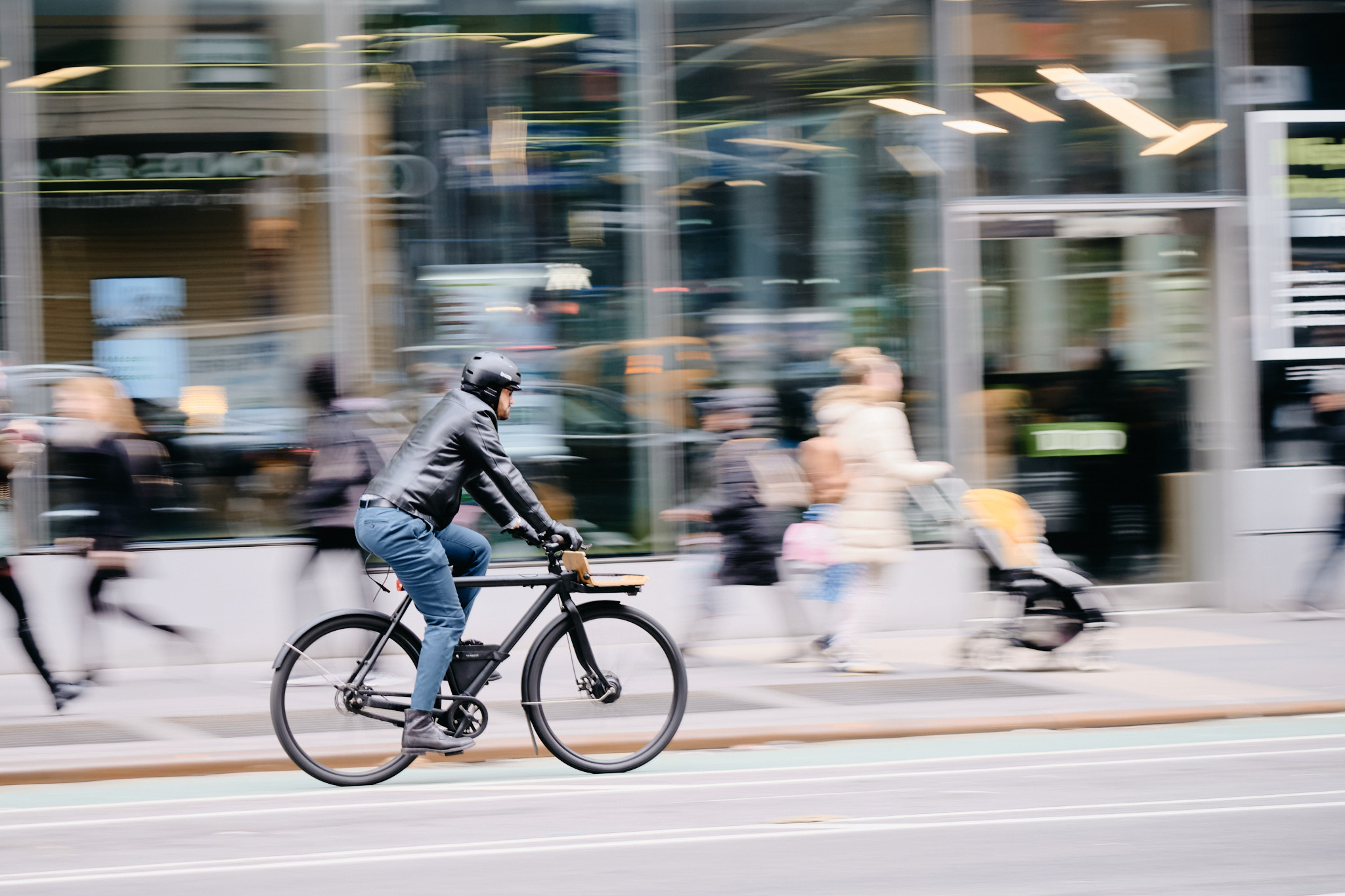
Are Roadies Vapid?
Can you feel it? That pressure to whip out the smartphone…
I Bought a Car and Feel Terrible About It
If I'm honest with myself, embarrassment deserves partial…
Shooting Gravel Events
An important characteristic of American gravel events from…
2021?
Certainly, there will be more events, right? The only two…
Welcome to Austin, New Cyclist
One more feather in Austin’s cap, and a big reason I…
Driveway Returns
Bike racing is back! In Austin, at least. After two…
Riding Under COVID-19
“Alone but together” - I feel like I’ve seen this phrase…
Bike for Your Country
Yes, for your country. While patriotic flags and sayings…
